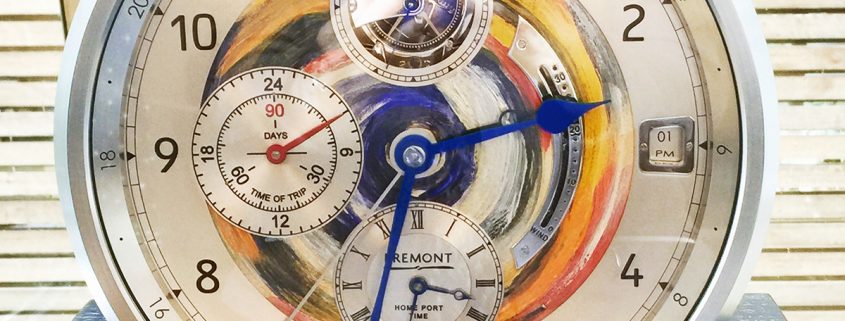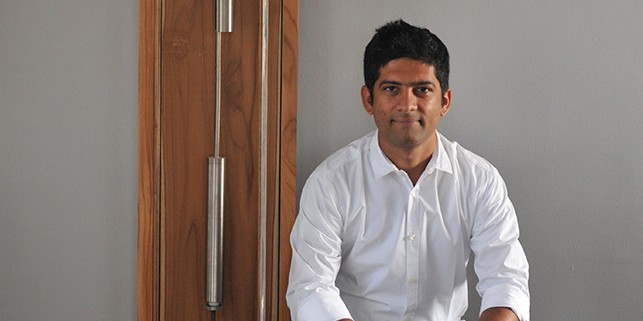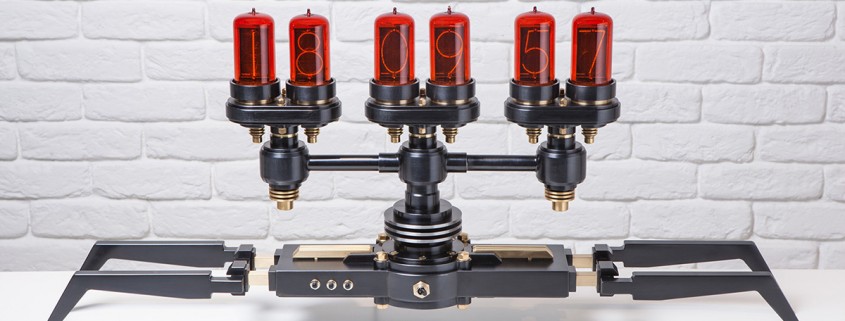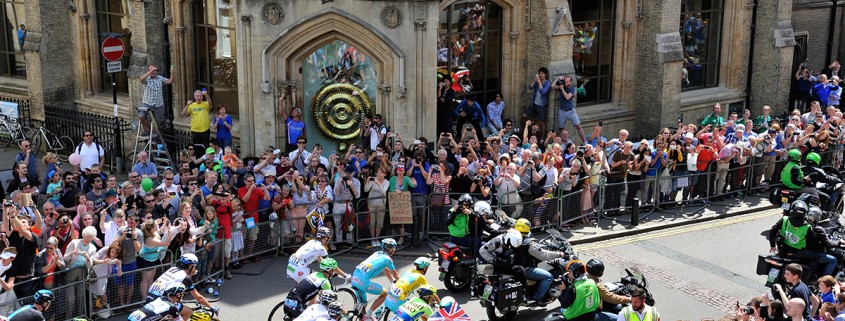The Magic Is In What You Don’t See: MB&F Destination Moon Clock With L’Epée 1839
I absolutely love negative space. And now MB&F has now created a piece where the viewer’s imagination plays as important a role as the largely empty physical structure. That creation is Destination Moon, a rocket-shaped clock made in collaboration with L’Epée 1839.










